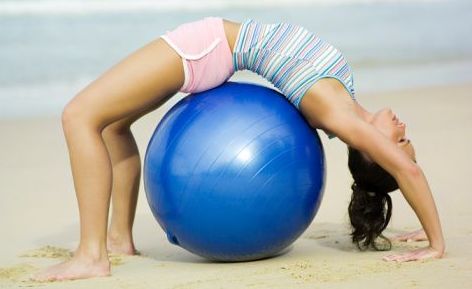
Before we really get into isometric stretching, you can take a minute to learn more about flexibility training. It’s always best to have a solid understanding of what flexibility training is, so you can apply the knowledge to each of the various stretching strategies.
One of the fastest ways to develop increased static-passive flexibility, isometric stretching uses the resistance of muscle groups through isometric contractions of the target muscles. Isometric stretching is even more effective than active stretching or passive stretching.
Isometric stretches help to develop strength in the target muscles and seem to decrease the amount of pain usually associated with stretching. Static-active flexibility is also increased due to the use of muscular contractions.
Now we can examine how, why, when, and where to use isometric stretching. You can then decide if isometric stretching is right for you.
What is Isometric Stretching?
Similar in some ways to PNF stretching, isometric stretching calls for the application of resistance.
An isometric contraction occurs when tension is created in the muscle group without a change in muscle length. For this to happen, force must be applied to an unmoving surface or object. Consider a table, wall, ceiling, chair, your own hand, or another person.
Popular methods to provide resistance for isometric stretching include:
- applying resistance manually to your own limbs
- having a partner apply resistance to your limbs
- using an apparatus such as a wall or floor to provide resistance
How Isometric Stretching Works
Some of the muscle fibers contract when a muscle is contracted, while some remain at rest. Similarly, when a muscle is stretched, some of the muscle fibers lengthen, while some remain at rest. During an isometric contraction, some of the resting fibers that are not engaged in the stretch are being pulled upon from both ends by the muscles that are contracting. The result is that some of those resting fibers also stretch.
The number of fibers that stretch during an isometric contraction is not very significant. It is only when a muscle that is already in a stretched position is subjected to an isometric contraction, that the true effectiveness of the isometric contraction occurs.
Some of the muscle fibers that are already stretched before the contraction, if the contraction is held long enough, those fibers will overcome the stretch reflex and trigger a lengthening reaction, which inhibits the stretched fibers from contracting. The end result is increased flexibility beyond the typical results of a passive stretch.
When you use an isometric contraction on the target muscle, some of the resting fibers contract but many of the resting fibers stretch, and many of the stretched fibers are prevented from contracting by the lengthening reaction (an inverse myostatic reflex), so they stretch even more.
When the isometric contraction is relaxed and the contracting fibers returned to their resting length, the stretched fibers retain their ability to stretch beyond their normal limit, and you have increased flexibility.
Who Should Use Isometric Stretching
The reason this works is that the signal that tells the muscle to contract voluntarily, also tells muscle spindle fibers to shorten, which increases the sensitivity of the stretch reflex. The stretch reflex dictates the reaction of the muscle spindle as the muscle shortens during contraction, thus allowing the muscle spindles to become accustomed to a lengthened position.

Due to the high risk of damaging tendons and connective tissue, isometric stretching is not recommended for people whose bones are still growing, mostly just adolescents and children.
Isometric stretches should not be used to target an injured muscle, although they can be useful during a period of physical therapy, specifically to rebuild strength around a previously injured muscle or joint.
As will all types of stretching that use contractions, isometric stretching should not be used with cold muscles. The best use of isometric stretching is after exercise, specifically after a strength training session for the target muscle.
Like resistance training, a full isometric stretching session will produce some amount of trauma to the target area, although not as much as heavy lifting or HIIT training. In any case, you should not perform isometric stretching for a target muscle more often than once per day, and a 36-48 hour recovery window is preferable.
Aside from increasing range of motion (ROM), another purpose of isometric stretching is to develop strength in stretched positions. Lack of strength in stretched positions is a major injury concern.
For example, when a person with weak hip adductors attempts to see how far they can do a straddle split, they will reach a point where their legs begin to slide further apart. In this case, the person simply doesn’t have the strength to hold the stretched position.
General Guidelines for Isometric Stretching
- Recover for 48 hours between isometric stretching routines.
- Perform only one exercise per muscle group in a session.
- Complete 3-4 sets of the chosen stretch for each muscle group.
- Each set should consist of one stretch held for 10-15 seconds.
- Isometric stretching is not recommended for anyone under the age of 18.
- A warm-up of 5-10 minutes of light exercise is the minimal recommendation before starting an isometric stretching session.
- Do not perform isometric stretching as part of a warm-up to exercise. It is too intense and may adversely affect power performance. Stick to dynamic stretching for warm-ups.
How to Perform an Isometric Stretch
Follow these steps for the proper way to perform an isometric stretch:
- Start in a passive stretch position for the target muscle.
- Isometrically contract the target muscle against a non-moving object for 10-15 seconds.
- Finish by relaxing the target muscle for at least 20 seconds.
Some trainers recommend holding the isometric contraction for longer than 15 seconds, but research has shown that this is not necessary. You might as well keep the stretches at maximum efficiency (time vs. results) to make your stretching routine less time-consuming.
Isometric Stretching Examples
Manual Resistance
A manual resistance example would be to hold the ball of your foot in place to keep it from flexing, while you use the muscles of your calf to try to straighten your instep so that your toes are pointed.
Ideally in isometric stretching, your toes will never point forward, but your hamstrings will length as your torso drops closer to your legs. This is the case with most isometric exercises – you don’t end up beating the resistance, instead, the resistance lengthens your muscle fibers so you can gradually drop deeper into the stretch.
Partner Resistance
A partner resistance example would be to have a partner hold your leg straight up high, while you attempt to force your leg back down to the ground. This example reeks of the contraction phase of PNF stretching and could be considered both.
To the right we have another common partner stretch for the posterior chain and hamstrings, wherein each partner takes turns pulling the other partner toward herself. This is also a great stretch for couples who frequently exercise together.
Wall Resistance
A wall resistance example would be wall-push calf-stretch, which you have probably already done a million times. People all over are using wall resistance stretches without even really knowing it – at home, at the gym, at school, and on the job.
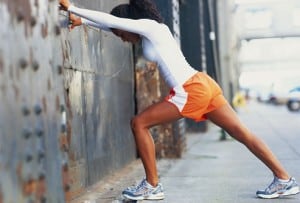
Wall-push calf-stretch is where you actively attempt to move the wall in order to fully stretch your outstretched calf behind you. Bonus points if you actually move the wall.
This method is also commonly used to stretch the pecs and biceps after training or when warmed up but extremely sore. It is also possible to use this strategy for stretching the triceps, though is less common due to the body positioning required.
Final Thoughts
At this point, you are probably excited about adding isometric stretches to your workout routine. If you do employ some isometric stretching in or around your workouts, it would be best to pick 2-3 isometric stretches to focus on lengthening a couple of specific muscle groups – core, hips, shoulders, pecs, glutes, calves, and hamstrings, for a few examples.
Please visit our posts on specific forms of flexibility training.
- Dynamic stretching
- Ballistic stretching
- Static Active stretching
- Static Passive stretching
- Isometric stretching
- Proprioceptive Muscular Facilitation (PNF) stretching
Tags: Flexibility, flexibility training, isometric stretches, isometric stretching




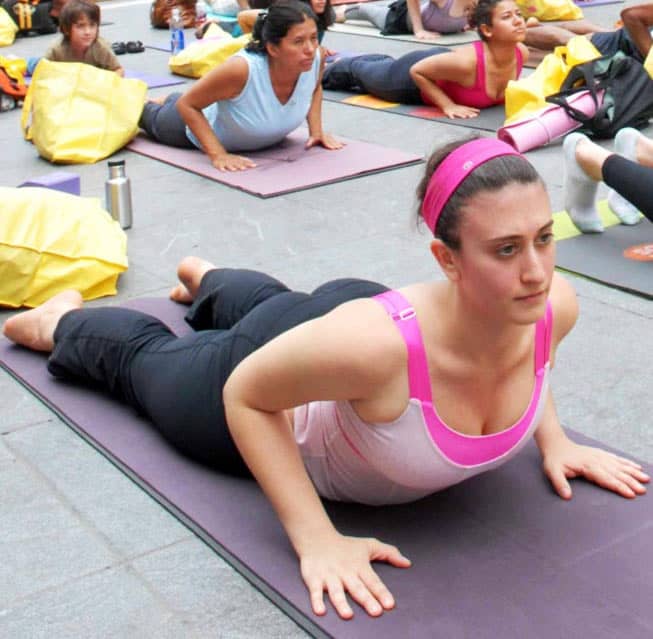
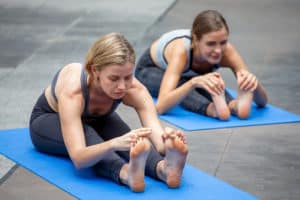
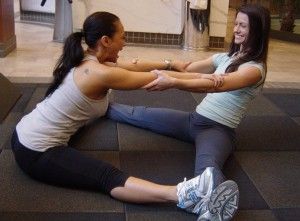
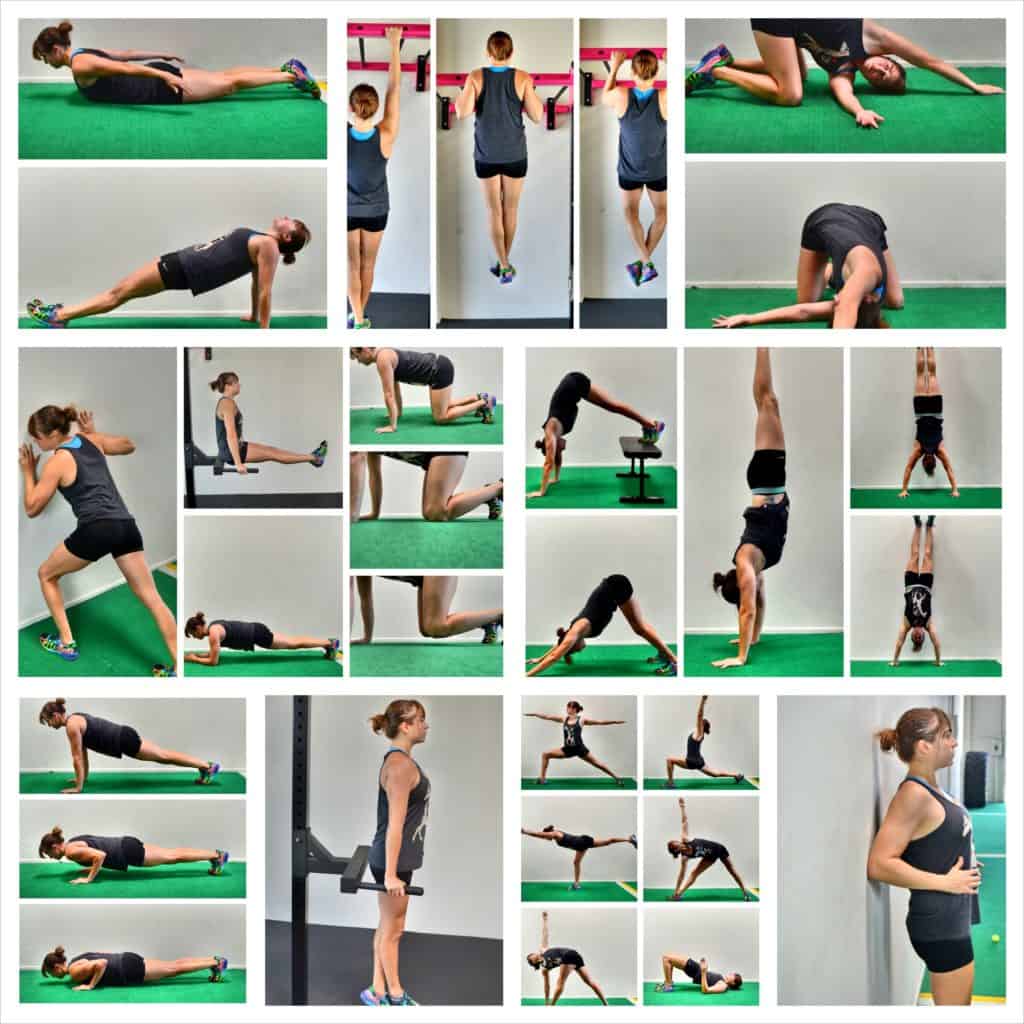







[…] USA Today, Physical Therapy, SPorts Medicine, Project Swole […]
[…] What is Isometric Stretching? (projectswole.com) […]
Good info about isometric stretching, I just know about it. thanks for sharing.
[…] Isometric stretching […]